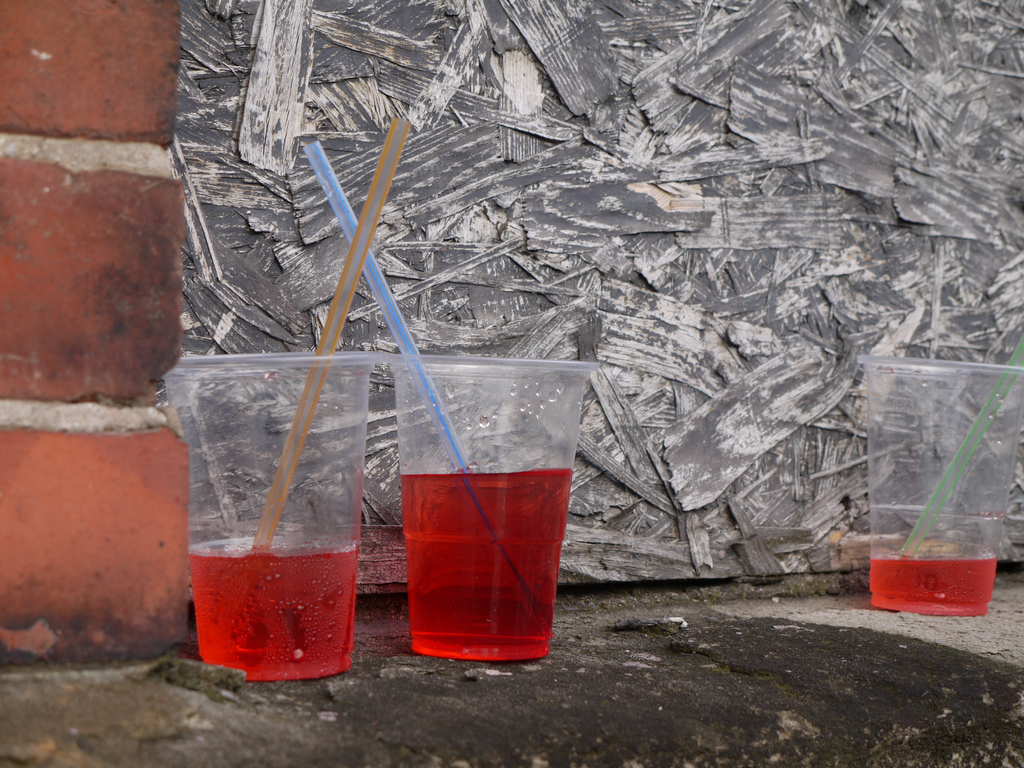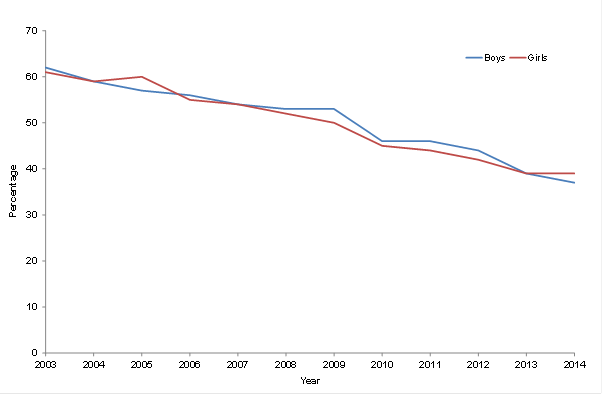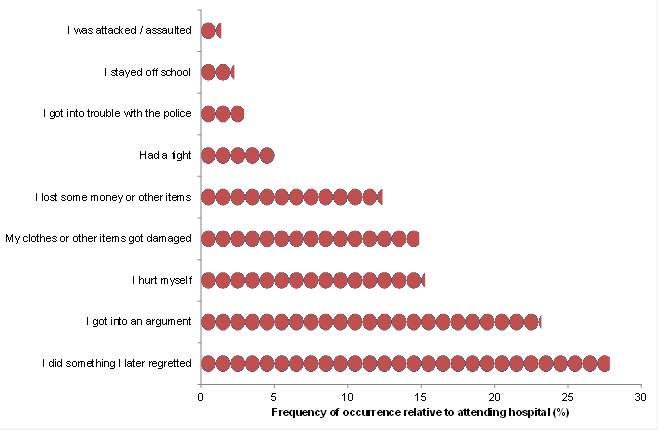
In England, results from the Smoking, Drinking and Drug User survey have shown a downward trend in the number of under-16s drinking alcohol. In 2014, 38 per cent of 11 to 15 year olds had tried alcohol; this is a fall from 64 per cent in 1990.
While this is encouraging, 2014 data from the Health Survey for England shows that by the age of 17, half of all girls and almost two-thirds of boys drink alcohol every week. Alcohol consumption among young people in the UK is also higher than the European average, and this is more of an issue among certain groups of young people.
For example, the current data on alcohol consumption and harm suggest girls are drinking from an earlier age and experiencing more harm than boys. Early signs show that the decline in drinking among 11 to 15 year olds is also starting to level off with girls.
Proportion of pupils aged 11 to 15 years who have ever had an alcoholic drink

Source: Smoking, Drinking and Drug Use among Young People in England, 2014
Girls are also more likely than boys to be admitted to hospital where alcohol is the main cause, and admitted at a younger age. While hospital admissions related to alcohol are on the decline for young people, admissions for alcohol poisoning have remained largely the same. Excess drinking over a short-period of time (or ‘binge-drinking’) may cause hospital attendances and places a significant burden on our emergency services.
Mirroring what we see among adults; young white populations and those living in more affluent areas are more likely to drink. In fact, 72% of young white people were likely to have had an alcoholic drink compared to 27% of those from a Black and Minority Ethnic group background.
Consequences of excessive drinking
There are many other harmful consequences from drinking alcohol aside from poisoning, including the increased risk of injury and risky sexual activity. Young people (aged 15-24) are the group most likely to be diagnosed with a sexually transmitted infection, and the overall numbers of diagnoses have risen considerably in the last ten years.
Survey results from 2014 show that the most commonly reported consequence from drinking among young people was having done something which they later regretted (15.7%). Getting into a fight was reported by 2.8% of those surveyed and 8.6% reported hurting themselves.
Consequences of alcohol consumption relative to frequency of hospital attendance, 15 year olds who were drunk in the last 4 weeks

Source: What About YOUth? Survey 2014
Encouraging healthy behaviours from an early age
Public Health England’s new report; 'Data intelligence summary: Alcohol consumption and harm among under 18 year olds’ highlights where problems still exist.
Data at a local level is available for 15 year olds from the 2014 survey, ‘What About YOUth’. This will enable local authorities to examine local trends in more detail and to tailor appropriate interventions according to the needs of their communities.
Alcohol use is often linked to other risk taking behaviour, and therefore young people are likely to benefit from services that address alcohol, along with a range of other risk factors such as sexual behaviour or drug use.
Public Health England provides commissioning prompts and data to help local authorities with their planning and commissioning of services. These prompts provide guidance to support commissioning and providing universal, targeted and specialist substance misuse services.
NICE offer another helpful public health guideline; ‘Alcohol: school-based interventions (PH 7)’.
While trends in young people’s drinking habits are showing a positive decline, clearly risky behaviours continue and this disproportionately affects some groups of young people and some areas of the country. There is no room for complacency and we must continue to communicate the current advice from the Chief Medical Officer that an alcohol-free childhood is the healthiest and best option.
Image: Smabs Sputzer
